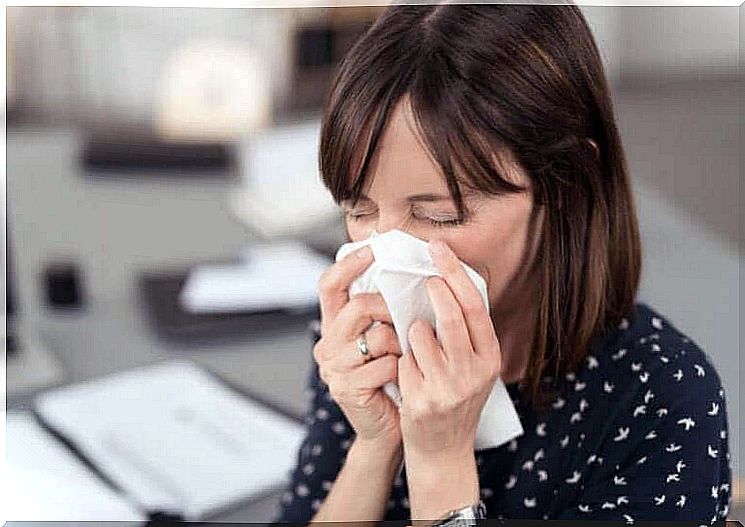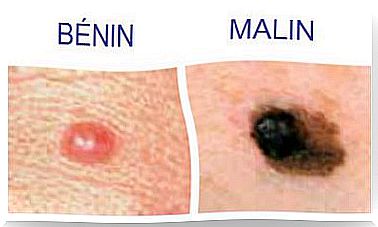Recommendations For Avoiding Contamination With Coronaviruses
Infection with coronaviruses has raised alarm bells around the world. Although in countries like France the risk is low, it is important to know some measures to reduce the risk of contagion.

In recent weeks, the world has been on alert because of the multiple cases of people infected with the coronavirus and, above all, for the fatal outcome it has caused in many of these patients. So many of us are wondering how to prevent the spread of the coronavirus.
What is a coronavirus?
Coronaviruses are a family of viruses of unknown origin. There are different types of coronavirus. They can cause everything from a simple cold to pneumonia or, in its most severe form, respiratory failure.
In December 2019, the first cases of a new type of coronavirus were detected in the Chinese city of Wuhan. Since then, transmission from an infected person to a healthy person has dramatically increased the number of cases.
Currently, there are more than 119,000 people infected and around 4,284 deaths from this virus. Although the number of people in whom the presence of coronavirus has been confirmed is very high, mortality from this type of virus is currently low.
What symptoms does it produce?

Coronavirus infection usually produces symptoms similar to those of a common flu illness. Among them we can find the following:
- Runny nose
- General discomfort
- Tired
- Muscle aches
- Cough
- Mucus
- Fever and chills
- Sore throat and headache
The infection can present asymptomatically, going through the general symptoms that have been mentioned, or even producing complications, such as pneumonia or respiratory failure in more severe cases.
These more severe cases usually occur in the most vulnerable population. This population would be made up of the elderly, newborns or people with a weakened immune system.
How is it spread?
One of the main reasons for concern is that the virus can spread from person to person, even before the infected person shows symptoms.
In addition, there is currently no specific treatment to cure the virus. There is also no vaccine or other measures to protect against the virus. It is therefore very important to take certain precautionary measures which make transmission as difficult as possible.
Some measures to prevent the transmission of the coronavirus

So, some of the measures that can be taken to prevent contagion by this type of virus and others are:
- Avoid close contact with infected people
- It is very important to maintain proper hygiene. While general hygiene care is relevant, we must pay special attention to hand hygiene
- Maintain a distance of about one meter between people
- Use masks following individual instructions in areas of high disease prevalence
- Cover your nose and mouth with a tissue when sneezing
Hand washing
Proper hand washing has been shown to be a very effective and inexpensive way to reduce the transmission of bacteria and viruses. Good hand hygiene should be performed as follows:
- Get your hands wet.
- Apply a sufficient amount of soap.
- Rub your hands together as follows:
- Rub the palms of the hands.
- Then, rub the palm of the right hand against the back of the left hand, intertwining the fingers and vice versa.
- Rub the palms of the hands together, with the fingers intertwined.
- Wash the backs of the fingers of one hand against the palm of the opposite hand, keeping the fingers together.
- Wash your two thumbs one after the other.
- Rub the fingertips together.
- Rinse your hands.
- Dry your hands with a disposable towel or a clean towel.
- Use the towel to turn off the faucet.
In summary
Experts believe that the risk is low in France. It is important to stay calm and not to sound the alarm bells. Indeed, the action of our health system in these cases is rapid and effective.
However, it is advisable to apply these precautionary measures, especially when traveling to countries such as China where the prevalence of infection is high.









